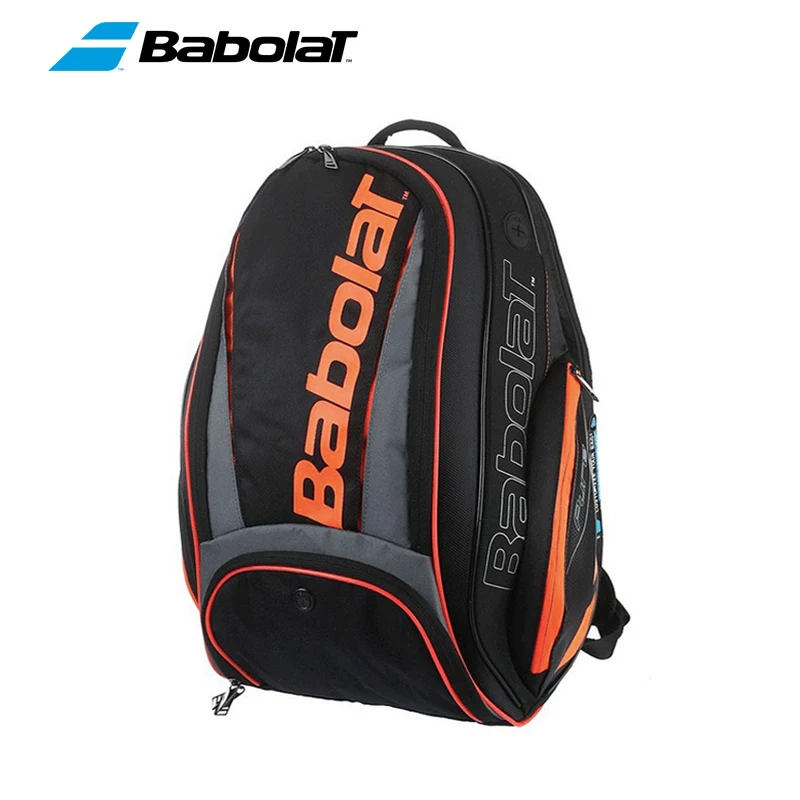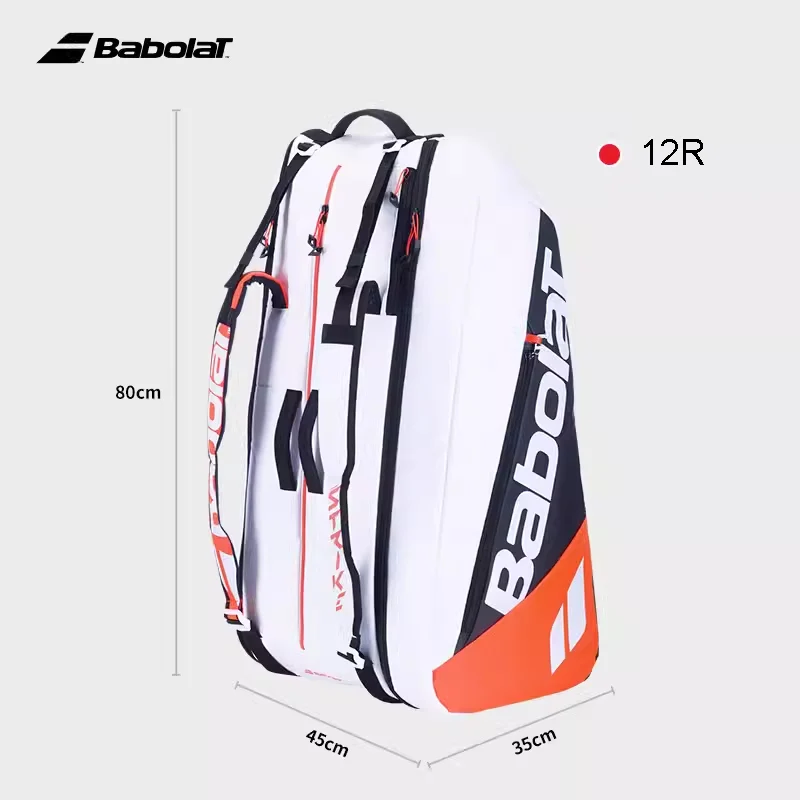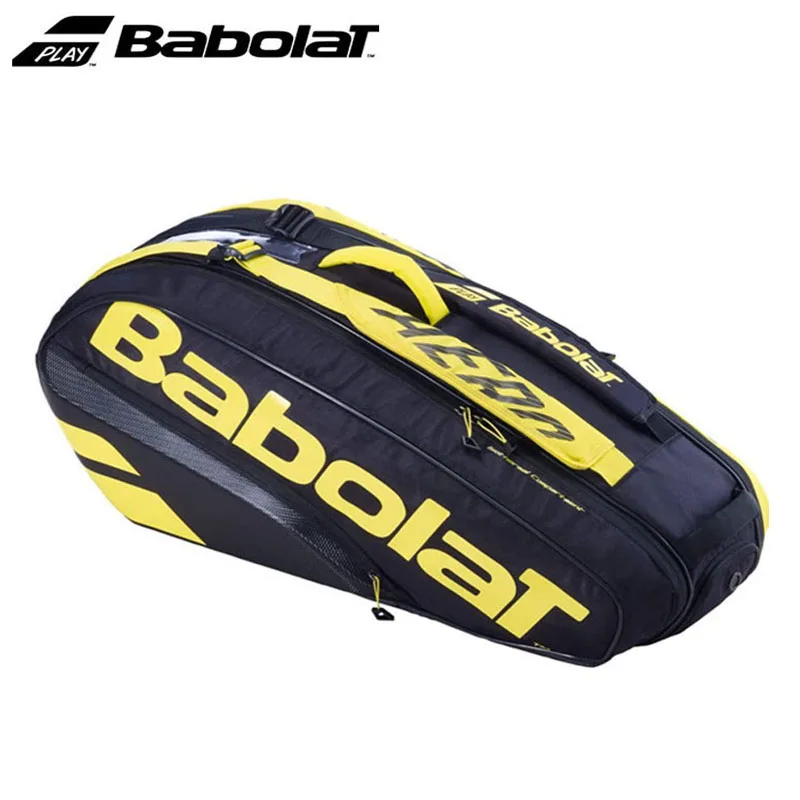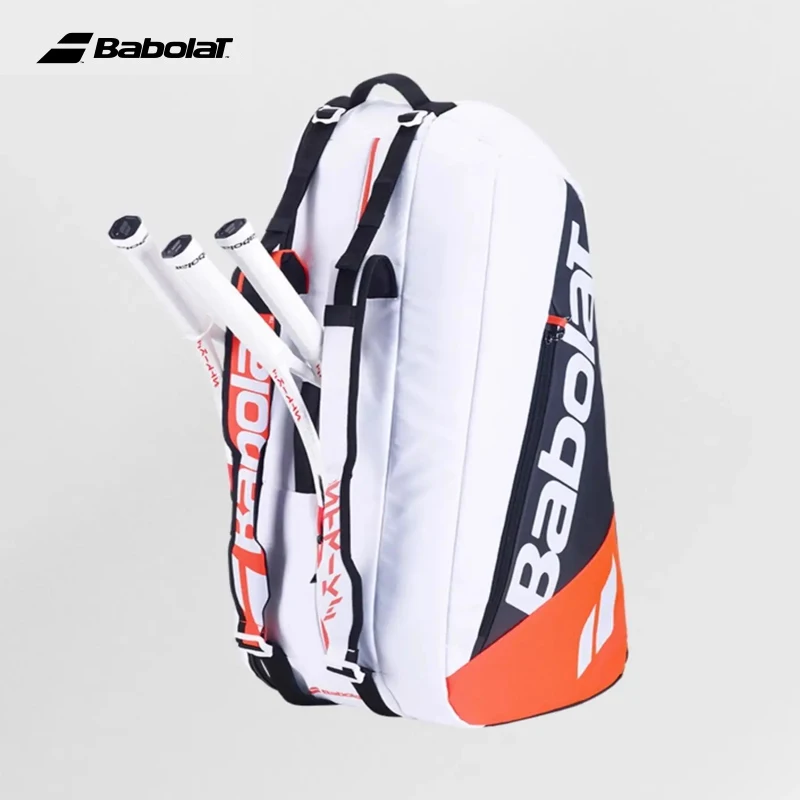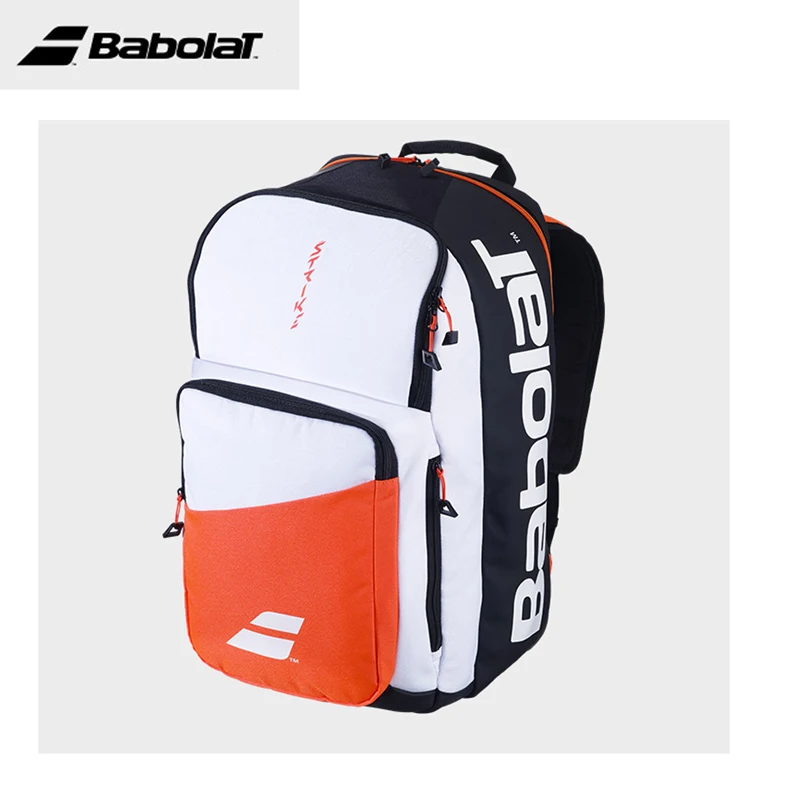Which is better: Running barefoot or running with shoes on?
Running is a great way to get in shape, but there is some debate about whether it is better to run barefoot or with shoes on. Both barefoot and shod running have their own advantages and disadvantages.
Barefoot running
- Pros:
- May improve proprioception (the body's awareness of its position in space)
- Can strengthen the muscles in the feet and ankles
- May reduce the risk of certain injuries, such as shin splints and stress fractures
- Cons:
- Can be painful on hard surfaces
- May increase the risk of cuts and blisters
- Can make it difficult to run on uneven terrain
Running with shoes
- Pros:
- Provide cushioning and support
- Can protect the feet from injuries
- Can improve traction on slippery surfaces
- Cons:
- Can restrict the natural movement of the foot
- May increase the risk of certain injuries, such as plantar fasciitis
- Can be expensive
Ultimately, the best way to decide is to try both barefoot and shod running. Pay attention to how your feet and body feel and see which method works best for you.
Related Questions
- Is it better to run barefoot on grass or concrete? Grass is a softer surface, so it is less likely to cause pain or injury.
- Can I transition to barefoot running gradually? Yes, you can start by running barefoot for short periods of time and gradually increase the duration.
- What are the benefits of running barefoot on sand? Sand is a soft and uneven surface, which can help to strengthen the muscles in the feet and ankles.
- What are some good minimalist running shoes? Some popular minimalist running shoes include the Vibram FiveFingers, Altra Lone Peak, and Merrell Vapor Glove.
- What are the best shoes for running on trails? Trail running shoes are designed to provide stability and traction on uneven terrain. Some popular trail running shoes include the Salomon Speedcross, Brooks Cascadia, and Hoka One One Speedgoat.
Pre:Why did Disney choose to name its recent animated films Tangled and Frozen rather than Rapunzel and The Snow Queen
Next:Whats the fastest 2 mile run





